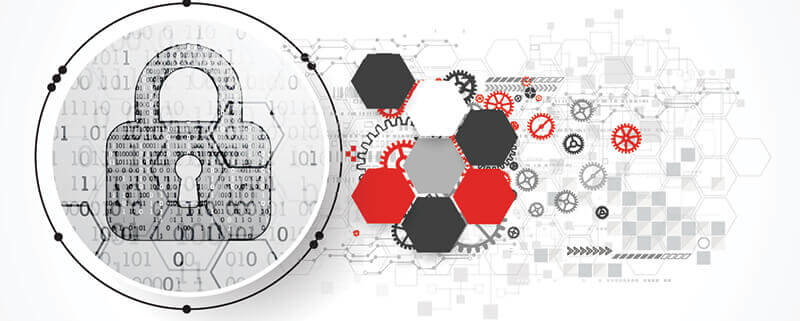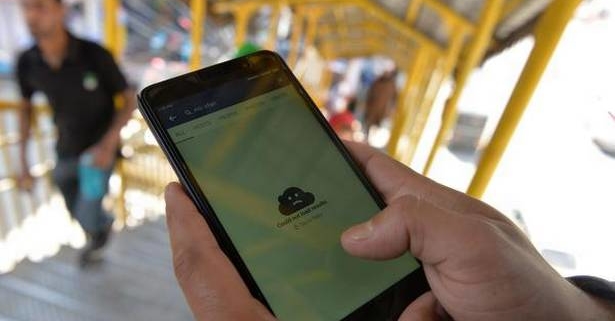Cybersecurity, the pandemic and the 2021 holiday shopping season: A perfect storm
Ping Identity executive advisor Aubrey Turner warns that eager cybercriminals are ready to exploit the current chaotic state of the world, and preparation is essential going into the holidays.

Image: Shutterstock/Troyan
We’re heading into the holiday shopping season, and there will definitely be more than just the usual frozen, snowy bumps in the road to success. Supply chain interruptions and a continuing chip shortage have made things hard enough as it is, and that’s before you even stop to consider the cybersecurity and privacy concerns that have only been exacerbated by the state of things.
Aubrey Turner, executive advisor at Ping Identity, says that the usual scams have only been amplified by a massive turn to online shopping due to the pandemic. “All these things have driven more people than ever to shop online, buy online, and that presents an opportunity for attackers and bad guys,” Turner said.
SEE: Google Chrome: Security and UI tips you need to know (TechRepublic Premium)
Those aforementioned supply chain interruptions have only widened the peak fraud time window for many attackers, who are keeping up with consumers who have started shopping earlier. In addition to starting early, many parents are in a desperate position in 2021: Will the toy their child wants even be available?
“Think about the past 20 Christmases: There is always some hot toy, from the Furby and Tickle Me Elmo, to Xboxes and PS4s. That creates an opportunity for an attacker to take advantage of somebody that wants to give that as a gift,” Turner said.
In terms of specific threats that Turner said he’s noticed this year, two stand out: Card not present fraud, and non-delivery scams. Card not present fraud takes advantage of situations where a transaction can be run without possession of a physical card, while non-delivery scams are probably common to anyone who has an email address: They’re those phishy-looking emails you get from “FedEx” about a package you weren’t expecting being undeliverable.
There’s a common thread between…



